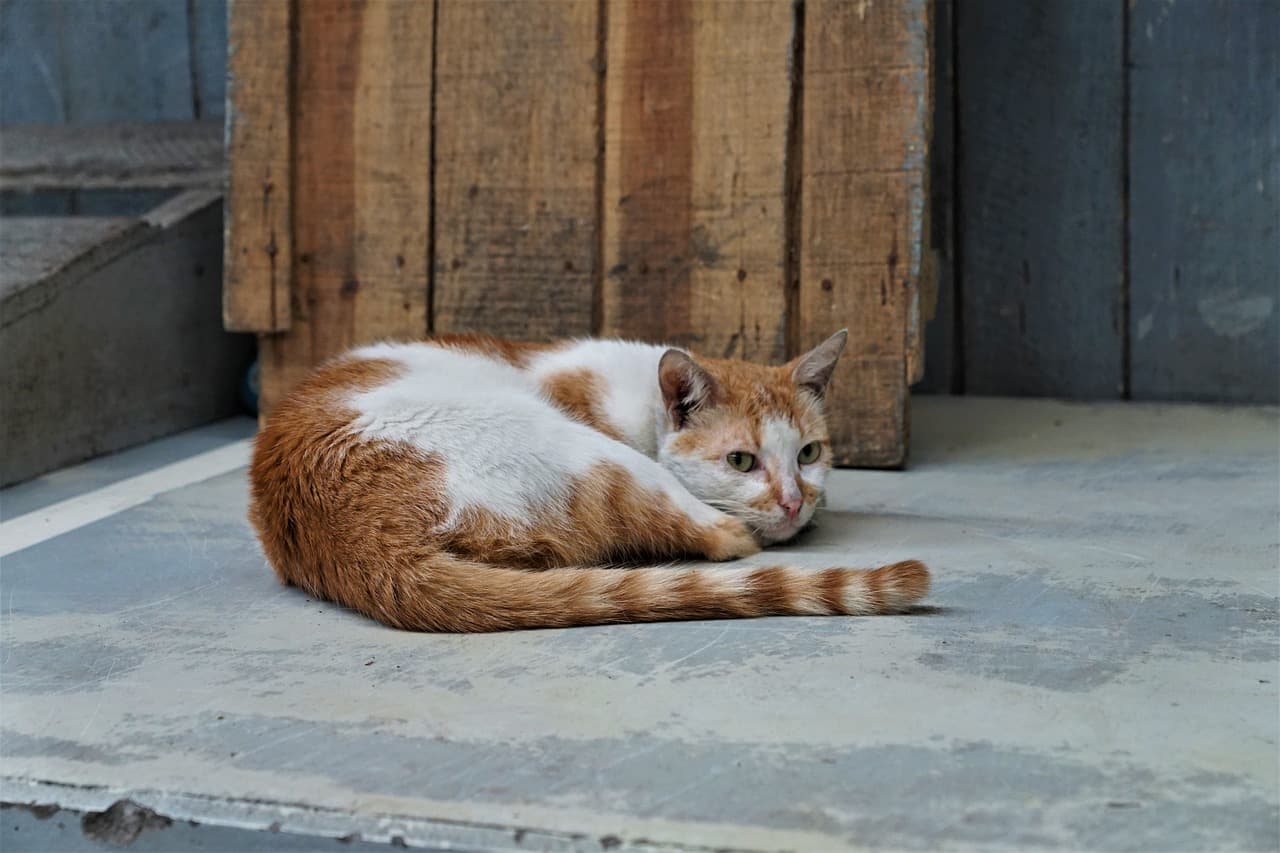Did you know your cat’s tail language can tell you how they feel? You can read your cat’s body language to determine how they feel about particular interactions. Unlike humans, who can express their feelings verbally and nonverbally, your cat does not have a simple way of telling you how they feel.
Analyzing Context
Context is important when analyzing your cat's behavior. Why do cats wag their tails? A cat's actions in two different settings can convey different messages. When a cat raises their tail high, it may indicate that the animal is confident and comfortable, but it may also mean that the cat is potentially hostile. Always analyze the atmosphere and assess the room before pointing out your cat's feelings or actions.
How to Respond to Cat Tail Language?
Knowing what your cat is trying to communicate could help you respond to them more effectively. You can detect if your cat wants more space from you or more attention at times by observing how their tail moves.
Tail Position Meaning
If you are unfamiliar with the meanings of different cat tail positions, you can find it difficult to form a strong bond with your pet. Let’s get started with the practice. Here are some examples of cat tail positions and what they mean:
High
This expression may be an easy way to tell if your cat is in a joyful mood. When a cat's tail is up, it indicates that they are content and confident. If you are seeking an opportunity to pet your cat, this might be the right time.
Curved Like a Question Mark
When the cat tail bends in the shape of a hook or question mark, this indicates they are in a playful mood. Maybe you could put everything down and spend some time having some fun with your pet.
Low
You should pay careful attention to this position of the tail. Your cat may be under stress or showing hostility when their tail lies down. You should be very gentle yet attentive with your cat at this point. Not all cats, though—Persian cats, for example, might always have their tails lowered and it’s okay for them.
Tucked Away
If your cat is hiding their tail, it could be a sign that they are afraid of something. It is an indication of fear or submission. Your cat may hide during this phase, so you may wish to console them and remove any stressors to help your friend feel less anxious.
Puffed Up
If your pet appears puffed up, it could indicate anxiety, tension, or agitation. The goal of having a puffed-up back is to appear larger and block out anything that could cause distress.
Wrapped Around
Your cat may be trying to tell you that they want more room or are uncomfortable where they are if you notice they are tucking their tail around. If your cat is wrapping the tail, this could mean it feels withdrawn, scared, defensive, in pain, or ill.

Tail Movements Meaning
Cats are similar to dogs in that their tail movements can convey lots of information depending on their emotions. As a parent, you want to find the meaning behind your cat’s tail shaking.
Cat tail movements include the following:
Thrashing Tail Movements
If your cat is thrashing or pounding their tail, it could mean they are frustrated, agitated, or angry. Your cat wants to be left alone at this phase, and if you try to disturb them, they might bite or hiss at you.
Twitching the End of the Tail
To understand this somewhat unclear tail movement, read the room. When a cat is playing, hunting, or generally agitated, they can twitch their tail. Check what is going on around your cat to find out what they are saying at the moment.
Swishing Tail
Given that your cat is a predator, you can assume they are acting similar as cats do in their natural habitat when you observe the tail wagging. The cat may be watching a prey or concentrating on something else, that may be the reason behind the tail sway.
Tail Quivers
Your cat will wag their tail when they are feeling happy. They might be delighted to see you or their feline companion. It might also indicate that your cat is marking the surface with their pee. Sorry, but it is what it is, we love our cats anyway!
Conclusion
Understanding your cat's needs at all times is the best way to build a bond with them, something that every cat parent aspires to do. If you try understanding you cat’s tail movement, your cat and you can communicate more easily.
Frequently Asked Question
Do cats communicate with their tails?
Yes, according to PetMd, cats communicate with their tails.
What does it mean when a cat wags their tail?
A cat wags their tail when they are happy or irritated.
Does a cat’s tail sway have a meaning?
A cat that has their eyes on something may sway their tail.



